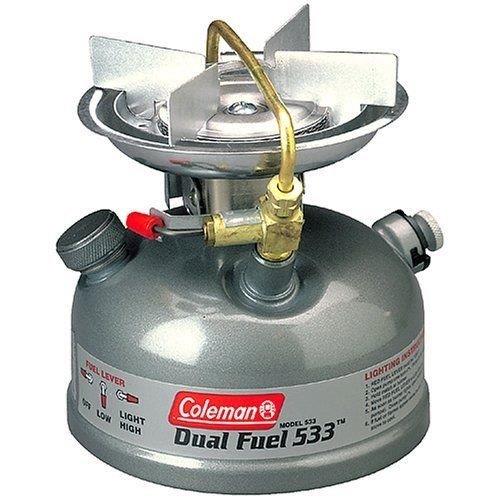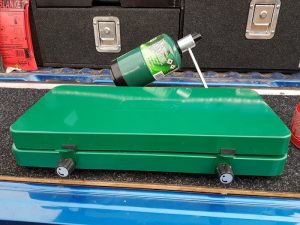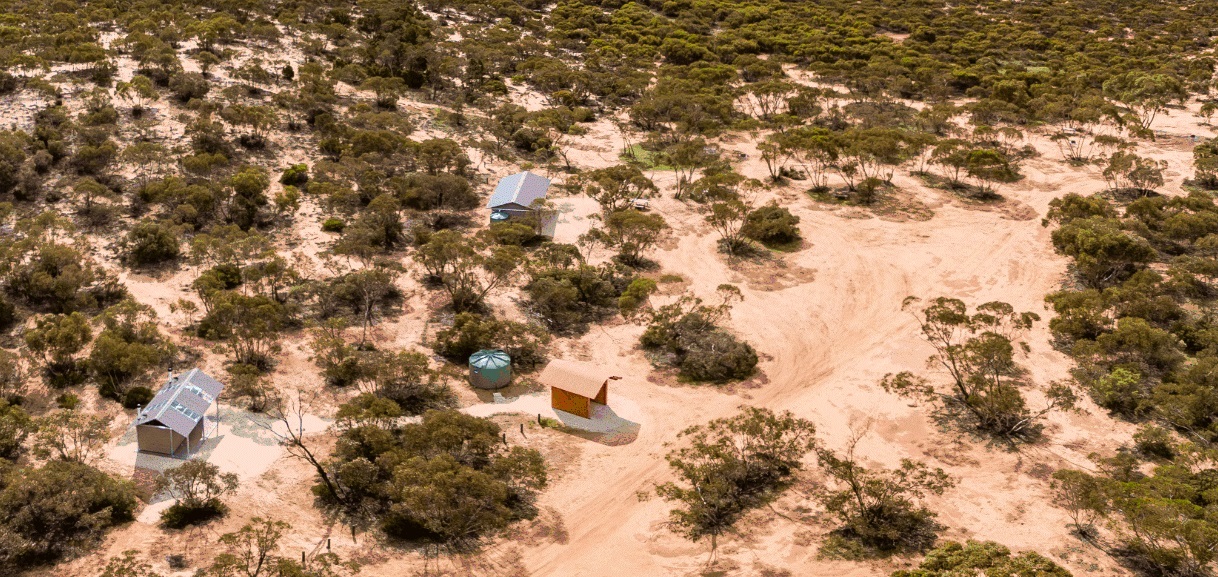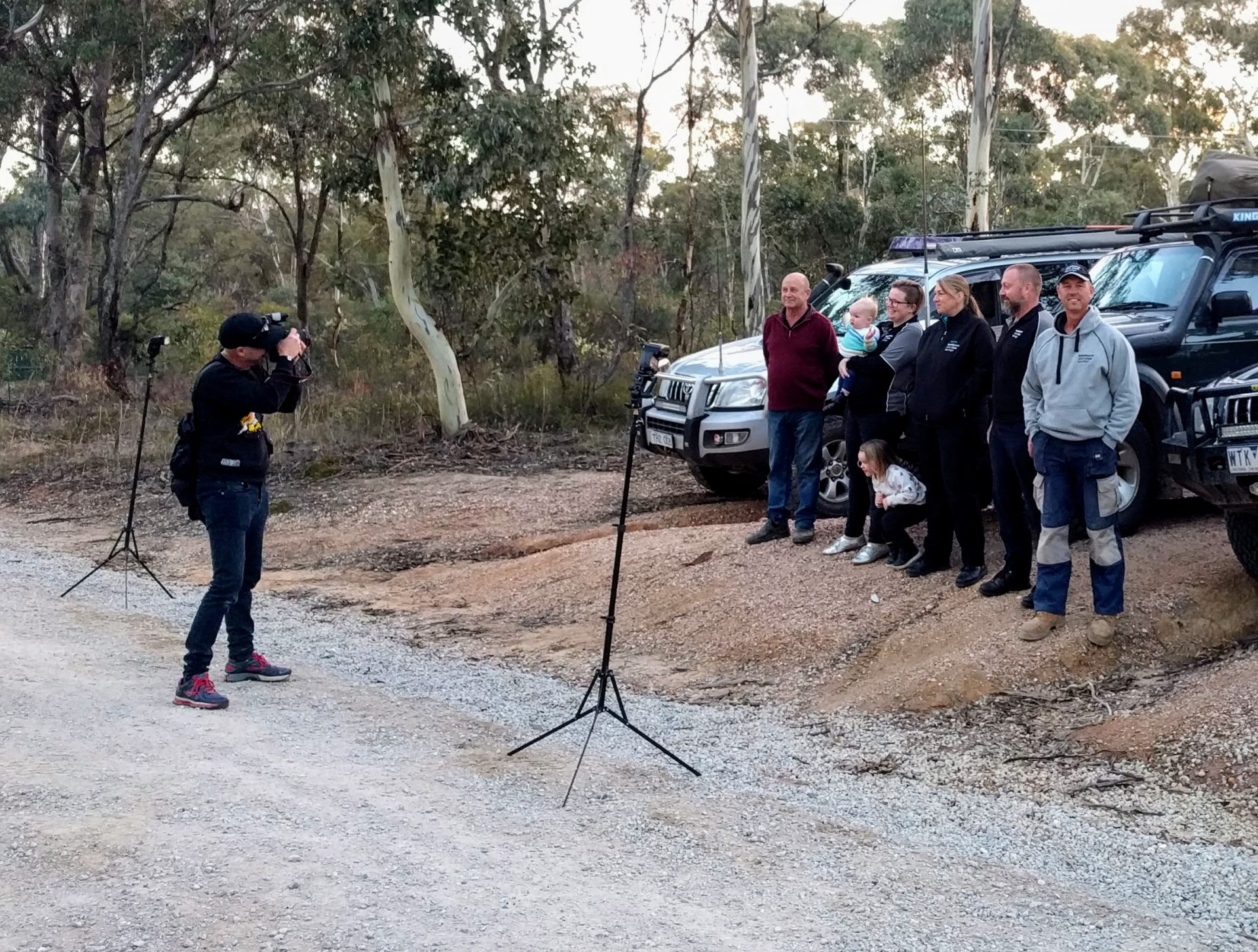Just a little FYI for anyone who is interested regarding gas stoves and burners used for camping, particularly if you are planning on heading to the Victorian high country in the winter.
They all use liquified petroleum gas (LPG), but there are different types of gas available. The two common fuels are butane (comes in lightweight canisters for the lunchbox style cookers) and propane (which comes in the heavy refillable cylinders, or the Coleman disposable ones). When petroleum gas is forced into a cylinder or canister under pressure, it liquifies and takes up much less volume. When you release the valve, liquid fuel evaporates to replace the escaping gas.
The important difference between propane and butane for camping use is the boiling point. Propane boils at -42C, and butane at -0.4C. This means propane will continue to boil off and provide gas to burn even at very cold temperatures, but butane won’t. The problem with butane is made even worse because heat is lost when the gas boils off, which reduces the liquid fuel temperature even further. This is why the lunchbox cookers will light and burn for a little while when it’s quite cold, but as you use the gas, the cooker gradually dies.
There is a third option called isobutane, which is butane that’s been chemically altered so that it boils at a lower temperature (of around -12C) but unlike propane can still be stored in a lightweight canister. This is the main fuel in the squat canisters used for the hiking style burners. My favourite ‘winter fuel’ canisters are the MSR IsoPro and the Jetboil Jetpower, both of which are 20% propane and 80% isobutane. Some other brands have less (or no) propane, and some have too much normal butane and don’t perform as well when it’s very cold.
I started off using a cheap lunchbox style butane stove for 4WD trips, and it’s lightweight, relatively compact, and works great in the warmer weather. Unfortunately, it’s next to useless on very cold mornings. I finished up getting a Coleman Peak1 hiking stove which I use with MSR 20/80 canisters. It’s very good and works reasonably well even in sub-zero conditions. It is quite small however and you do have to be careful if you use anything bigger than hiking cooking pots on it as it can be a little unstable. I’ve recently purchased a Coleman “compact 2 burner stove” which uses straight propane. It comes with a regulator which suits the disposable 1-pound propane cylinders. It’s relatively compact for a 2-burner stove but produces heaps of heat. It’s stable, and you can boil the billy and cook your bacon and eggs at the same time! I’ve used it when the temperature was -2C, and it worked perfectly.
Merts
Update
An update on my cooking setup. I’ve found the Coleman “compact 2 burner stove” to be a bit of a disappointment. From time to time the burner/s are noisy and inefficient and go out if you try to reduce the flame. I haven’t been able to definitely work out what is going on, but it appears they are somehow sucking excess air which throwing the air/gas ratio out. I’ve given up on it and retired it to the back shed.
Latest additions include a Coleman 533 liquid fuel stove which I’m using shellite in, and a Gasmate Turbo Butane stove and pot set. The 533 is great in all weather conditions, produces plenty of heat if you need it, and can be adjusted down to a fairly low simmer.
The Gasmate Turbo Butane stove and pot set is similar to the famous Jetboil units and is great for quickly and efficiently boiling water. I use the Jetboil isobutane/propane canisters and it only uses around 1 gram per minute flat out, and boils 500ml of water in around 3 minutes (depending on how cold it is of course).





